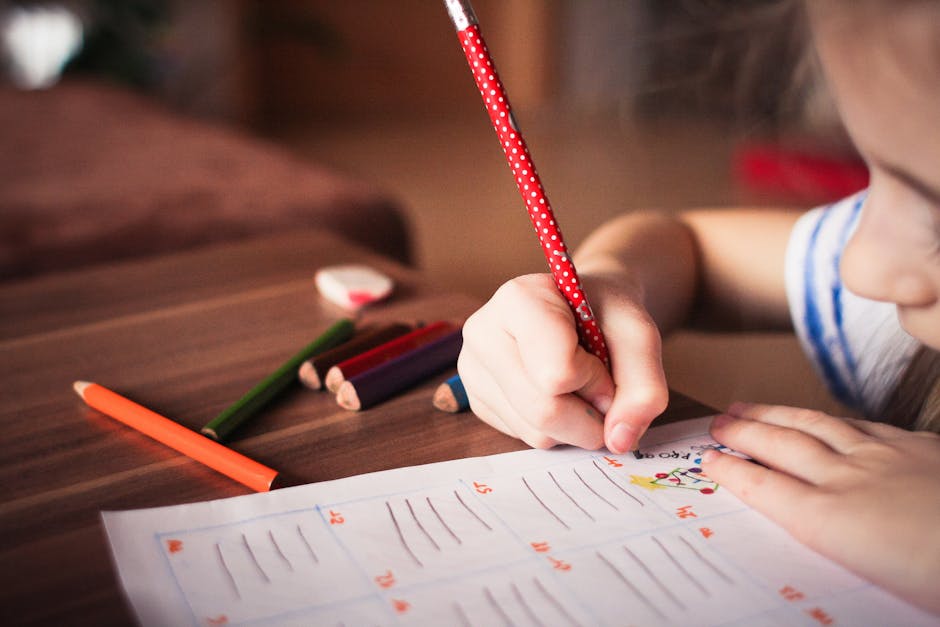Introduction
Successfully supporting a student with exceptionalities takes many moving parts. A team of professionals must work together to evaluate and plan adaptations for the student and then successfully implement them in a way which is both effective, inclusive and ultimately respectful of the student and their needs. Professionals an educational assistant may have to work with could include but are not limited to classroom teacher, occupational therapist, speech pathologist, behavioural expert, guidance counsellor, principal, specialized teachers (music, gym etc), resource teacher.

Task

Educational assistants have to work with a variety of professionals in their job in order to successfully support the students they work with. This webQuest will be examine the roles of two of these professionals; the classroom teacher and the resource teacher. We will be learning the specifics of their responsibilities and how this impacts and fits in with the work of an educational assistant. All educational assistants will work with classroom teachers and depending on student needs many may also work with the resource teacher.
Process
1) Research the role and responsibilities of an educational assistant using the resources provided.
Manitoba Government document on educational assistants
"ibelong" website promoting inclusion
Educational assistants of Manitoba code of conduct
Role of the EA from Autism Ontario
From these resources you can see that the role of an educational assistant is to support the student and help implement the teaching strategies designed by the classroom teacher or other professionals working with the student. The specifics of the tasks vary greatly depending on the needs of the student but could include one on one or small group tutoring, behavioural intervention, hygiene procedures or oversight of feeding tubes, catheters etc. Educational assistants may also have duties supervising individual students during lunch hour or recess. A large part of an educational assistants job includes reporting back to the teacher and other professionals including record keeping.
2) Research the role and responsibilities of a classroom teacher using the resources provided.
Manitoba teachers society document on classroom teachers working with an EA
Manitoba teachers society code of professional conduct
Publication from British Columbia teaching federation
From these resources you can see that the classroom teachers role has a significant impact on an educational assistant. The classroom teacher is in charge of assessing students and developing appropriate curriculum. They decide on the topics, classroom management and atmosphere and communicate with the parents. The educational assistants role is to assist the teacher in the best way possible. This includes supporting the teachers classroom management styles and rules and implementing work as requested including specific things listed in a students individualized education plan. A classroom teacher can find valuable time freed by an educational assistant who can prepare learning materials (photocopying, cutting), assist with student record keeping, ordering supplies, collecting monies and forms for field trips and other such clerical work. The teacher is ultimately in charge of supervising the classroom and the educational assistants job is to support the students in the classroom as directed by the classroom teacher and outlined in individualized educational plan if applicable.
3) Research the role and responsibilities of a resource teacher using the resources provided.
Manitoba government document on the role of resource teachers
Prairie Rose School Division Resource teacher job posting
Edcan, a Canadian education website article on resource teachers and inclusive education
From these resources you can see that the resource teacher oversees the support of students in the school. They provide programming support for classroom teachers and other staff implementing appropriate educational programming. For an educational assistant the resource teacher will likely be the staff member scheduling which classroom/students they are working with throughout the day and may also provide training to educational assistants. If the educational assistant accompanies the teacher to any meetings concerning particular students it's likely that the resource teacher will be present. The resource teacher also helps to transition students from one year to the next.
Conclusion
Resource teachers, classroom teachers and educational assistants must all work together to provide successful support for students and this is best achieved when each persons specific roles are understood. By now you should have learned that educational assistants are the front line workers in inclusion, implementing strategies and techniques recommended and devised by the professionals they work with. This starts with the resource teacher who will schedule which classroom the educational assistant will work in during the day. The classroom teacher, with the assistance of the resource teacher, then plans appropriate academic and behavioural programming for the students. The educational assistant will work closely with the classroom teacher completing clerical and student support work as requested by the classroom teacher. The educational assistant may receive some training from the resource teacher but ultimately their tasks are assigned by the classroom teacher. The educational assistant will provide feedback and reports on student progress directly to the classroom teacher and always functions in a way to assist and support the teacher, never substitute for the teacher.
